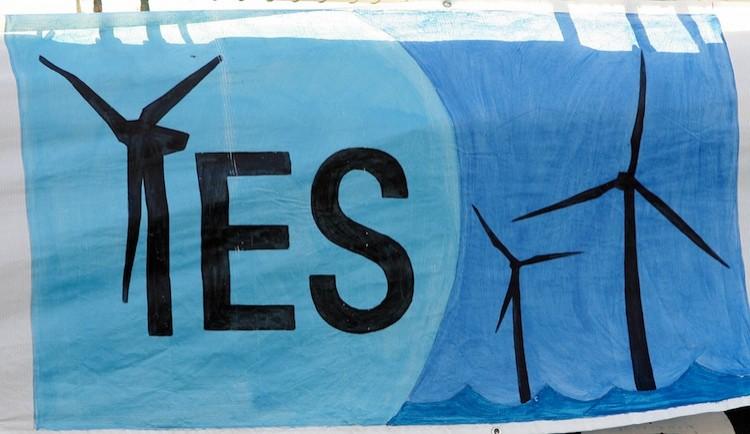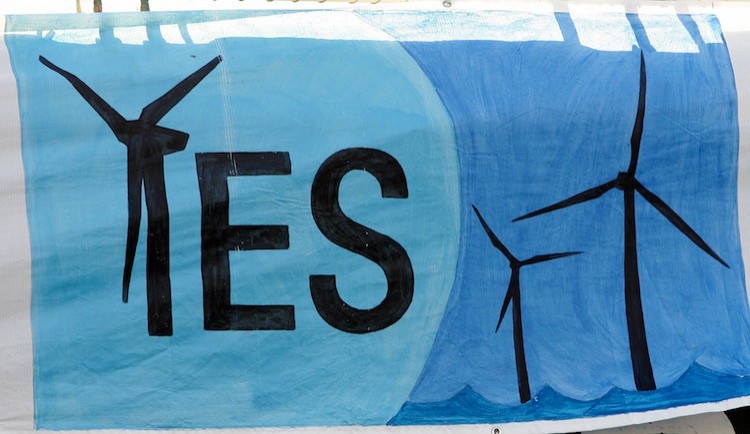NEW YORK—Independent systems operators (ISOs) are companies responsible for monitoring, coordinating, and controlling the energy grid in large geographical areas. This role gives ISOs a lot of power over the energy market, as president and CEO of Thermal Products for General Electric Paul Browning pointed out at an energy symposium hosted by New York ISO and ISO New England on Tuesday.
“[An ISO’s] core objective is economic optimization and we need to leave it up to policymakers at the state and federal level to make the decisions about what they want to incentivize through policy initiatives,” said Gordon van Welie, president and CEO of ISO New England.
Environmental concerns and incentives for green energy are the realm of policymakers, not ISOs, and thus a roundtable discussion with the ISO heads and media centered on the economic realities of the energy market.
Supply and Demand
Natural gas is flooding the market as hydraulic fracturing, or hydrofracking, takes place in Pennsylvania, where the resource is extracted from shale. The pending push forward for fracking in New York state next year has investors anticipating a still greater increase in natural gas supply.
NYISO President and CEO Stephen Whitley says the stable availability of the fuel makes it a popular choice for future power generation. The questions he now asks are, “Can gas and wind work well together? Can the pipelines take the sudden ramp ups?”
NYISO will look at preparing the pipeline infrastructure for an increase in gas flow, but its goal is also to broaden the market and encourage a diversity of fuel sources.
Affordability, reliability, and environmental benefit are a few of the characteristics of fuel sources listed off by Gabriel Alonso of EDP Renewables North America. He says environmental benefit is not often enough taken into account in pricing.
Alonso wants to see energy prices arise from supply and demand, but to give green energy a boost, he believes government subsidies should play a temporary role in the market.
Subsidies
Van Welie pointed out that some “subsidies” are just in place to level the playing field and not to give an advantage. For example, solar and wind power generators do not have the same control over output as traditional energy sources, so fiscal penalties in place for not remaining within output guidelines are waived.
Competition
Another driving factor in the energy market is competition. It spurs innovation, which leads to energy efficiency—something that is both good for the environment and is economical.
Whitley reports that between NYISO and ISO-NE, innovations due to competition between energy suppliers in recent years have led to 700 megawatts of new capability from existing generators.
Bill Capp, CEO of Beacon Power Corporation, noted that ISOs in different regions used to compete with each other, whereas symposiums such as this one are now bringing the ISOs together to share best practices.









Friends Read Free